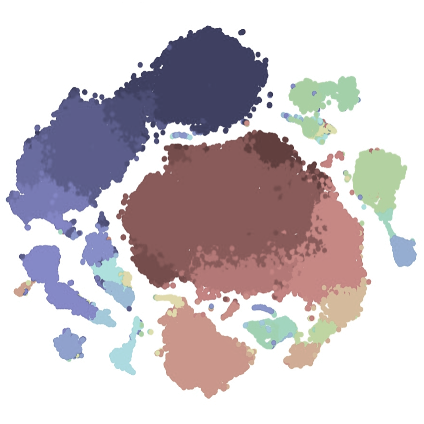
In flow cytometry, a suspension of single cells is labelled with antibodies against various surface or intracelluar targets. These antibodies are conjugated to fluorescent molecules (fluorophores) which, when excited by a laser, emit light that is captured by a fluorescence detector. The use of multiple lasers and detectors allow us to label cells with up to 26 individual fluorophore conjugated antibodies using our existing assays. Fore more information on the flow and spectral cytometry instruments at the Sydney Cytometry Core Research Facility, see this page.
Planning your approach:
- Paper: key considerations for generating high-quality data for analysis in high-dimensional cytometry (Marsh-Wakefield et al, 2021).
- Paper: a comparison of spectral and conventional flow cytometry (Niewold*, Ashhurst* et al. 2020).
Panel and experiment design:
- Paper: basic panel design (Maciorowski et al 2017).
- Paper: high-dimensional panel design (Ashhurst et al 2017).
- Paper: panel design and optimization for high‐dimensional immunophenotyping assays using spectral flow cytometry (Ferrer-Font et al, 2020).
Staining protocols:
- Protocol: surface and intracellular staining for high-dimensional flow or spectral cytometry (96-well plate) (from Ashhurst et al 2019).
- Tutorial: advice on compensation controls (from Ashhurst et al, 2017).
Instrument and voltage optimisation:
- Tutorial: voltages, compensation, and spreading error (from Ashhurst et al 2017).
- Protocol: ad-hoc voltage optimisation (from Ashhurst et al 2017).
Initial data analysis:
- Protocol: initial data analysis: spectral cytometry (Cytek Aurora)
